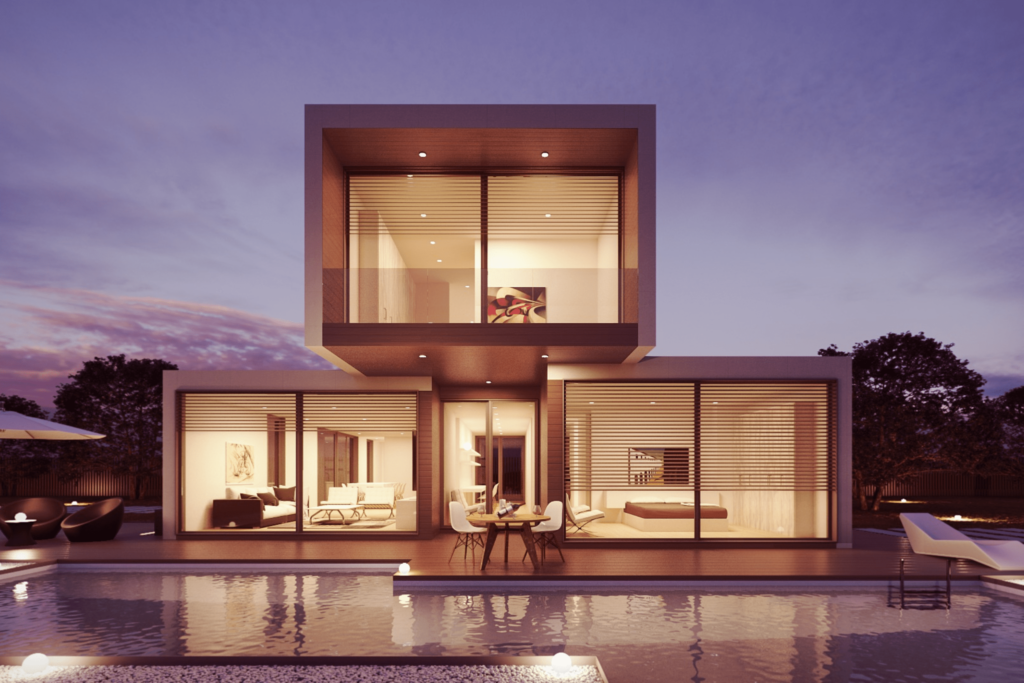
Modular Design Explained
Architecture is a vast and varied landscape, with hundreds of different design styles to choose from. In addition to aesthetics, you must always consider your needs when it comes to choosing an architecture style for your build. Interested in knowing more about modular design and what this entails? Keep reading to hear about its many benefits.
What is Modular Design?
Modular architecture is a type of architecture style that ensures each different component, or room, in a building are independent. As such, it is possible to move each module of the build without having to move the entire congregation. They are also replaced, exchanged, or modified, without disrupting the other structures.
Modular building construction dates back to 1837. The first recorded building to be constructed in this way was created by Henry Manning, who was a carpenter based in London. When finished, the property was relocated to Australia.
The Benefits of Modular Design
Modular architecture has a plethora of benefits, some of which are detailed below:
Quick to Build
It’s reported that modular properties are constructed 30-50% quicker than traditional buildings. Moreover, as they are often built offsite (more on this in our next point), you don’t need to worry about delays caused by the weather.
Offsite Construction
Looking to minimise disruption? Modular buildings can be built offsite and transported to where you need them once complete. They come packaged like flat-pack furniture. The perfect solution if you’re a business, school, or individual looking to reduce downtime.
Sustainable
Modular buildings are traditionally constructed with sustainability in mind. Eco-friendly and recycled materials are used throughout, leading the way for other architecture styles to follow suit. As they are built off-site, there is usually also a lot less waste.
Eye-catching
Modular design is still growing in popularity in the UK. As such, these builds are unusual and tend to really catch the eye of those passing by. Looking to make a statement and build a unique, bespoke building that stands out from the crowd? Modular architecture is about to become your new best friend!
Cost Effective
With construction time minimised, despite the extra cost involved in sustainable materials, modular buildings are incredibly cost-effective.
An Example of Modular Architecture
As you can imagine, building in a polar landscape can be tricky. With the rigid temperatures, harsh, high-speed winds, and unique terrain, there are a lot of different considerations that must be taken into account.
Halley VI is a research facility based in Antarctica. Due to the climate, architects opted for a modular design. Situated on a floating ice shelf, Halley VI is the first centre to have been built in this way. Given this design choice, the building is able to be lifted and moved in different segments if needed.
Contact Us
Got a modular design construction project in the works and looking to bring in professional architects? Look no further! No matter what you’re looking to achieve with your design, the Munday + Cramer team are here to help. Contact our RIBA qualified experts today by clicking here!
